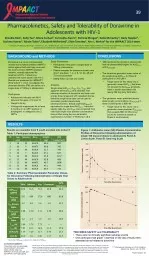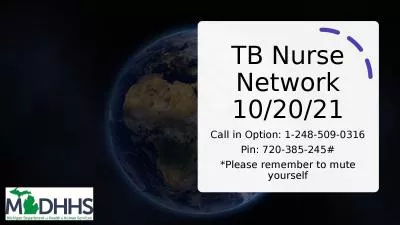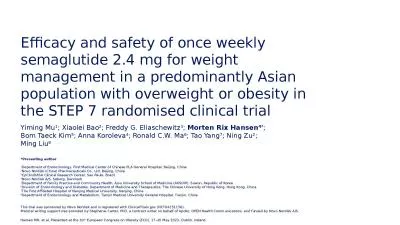PPT-A Phase I/II Trial of the Pharmacokinetics, Tolerability, and Safety of Once-Weekly Rifapentine
Author : warlikebikers | Published Date : 2020-06-17
IMPAACT 2001 STUDY Mhembere TP B Pharm Hons MPH GLOBAL TB BURDEN In 2015 there were an estimated 104 million new incident TB cases worldwide of which 59 million
Presentation Embed Code
Download Presentation
Download Presentation The PPT/PDF document "A Phase I/II Trial of the Pharmacokineti..." is the property of its rightful owner. Permission is granted to download and print the materials on this website for personal, non-commercial use only, and to display it on your personal computer provided you do not modify the materials and that you retain all copyright notices contained in the materials. By downloading content from our website, you accept the terms of this agreement.
A Phase I/II Trial of the Pharmacokinetics, Tolerability, and Safety of Once-Weekly Rifapentine: Transcript
Download Rules Of Document
"A Phase I/II Trial of the Pharmacokinetics, Tolerability, and Safety of Once-Weekly Rifapentine"The content belongs to its owner. You may download and print it for personal use, without modification, and keep all copyright notices. By downloading, you agree to these terms.
Related Documents

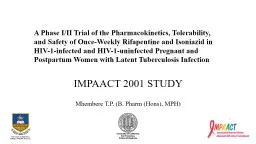
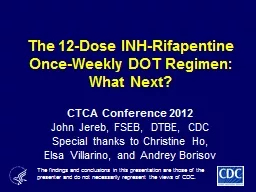

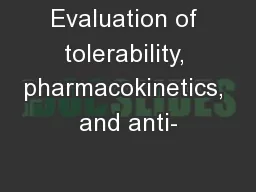
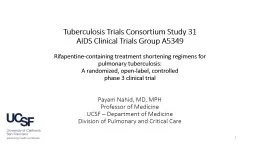

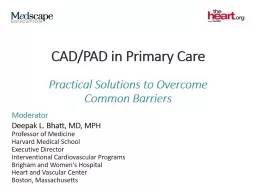
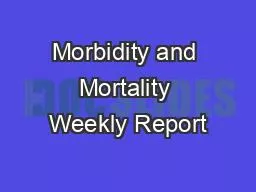
![[EPUB] - 2019-2020 Weekly Monthly Planner: Moon Galaxy Cover | 12 Month Agenda Calendars](https://thumbs.docslides.com/901985/epub-2019-2020-weekly-monthly-planner-moon-galaxy-cover-12-month-agenda-calendars-with-holidays-daily-weekly-monthly-plann.jpg)
